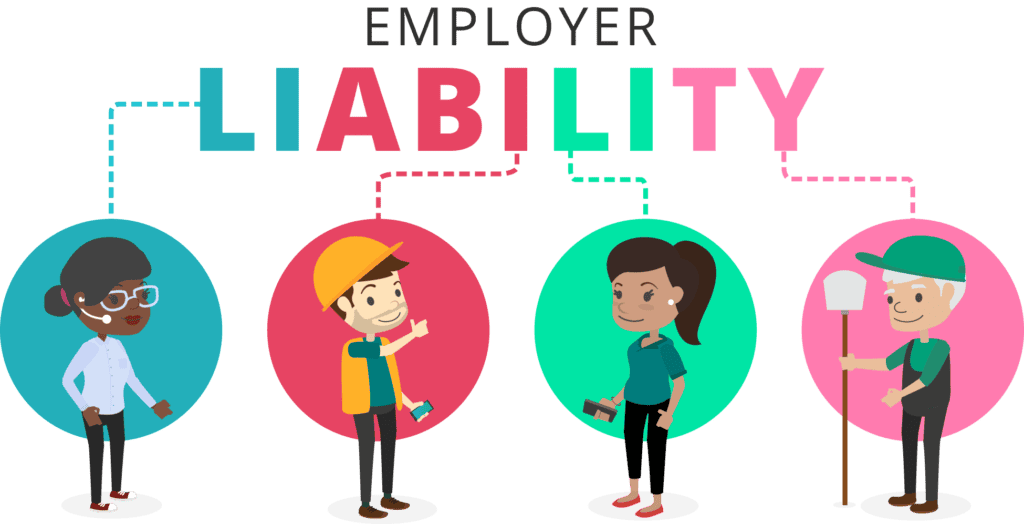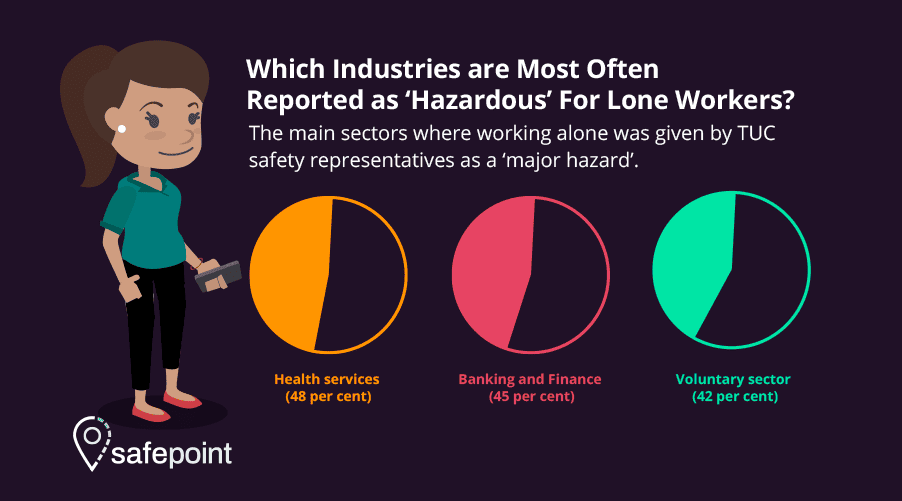
If you read our earlier blog, you’ll know that board directors are collectively and individually responsible for the health, safety and welfare of all their workers. That includes lone contractors and self-employed people working for them, whether on or off site. You will also know that failure to protect people in your care can result in hefty fines and even prison terms.
First, identify all the people you are responsible for; start with direct employees who may work alone and unsupervised for some or all of the time, particularly if they are remote workers. Then look at their environment and conduct – and document – a thorough risk assessment. Remember to consult your employees, particularly lone workers; they often see risks others fail to spot. For instance, in a noisy environment or remote location, it may be hard to hear calls for help – so what visual alerts could you use?
Now draw up clear, comprehensive procedures for handling all at risk situations – again, consult your employees, you can’t simply impose processes. Break the procedures down into easy to follow steps, using plain English – with easy to understand graphics if possible. Make sure you include clear permissions for employees to sound the alarm if they spot any lapses in safety standards.
Train all employees – managers and front line workers – on the procedures, so everyone knows what their responsibilities are and what to do in emergencies. Put in place regular refresher sessions and make sure that all new recruits complete the training before starting work. Encourage managers to lead by example – it is particularly important for employees to see that those in charge take Health and Safety seriously.
Next, consider your sub-contractors and freelancers (particularly ‘gig-economy’ workers). You will need to check the terms of your contract to see if it effectively makes them employees. Getting this wrong doesn’t just cause problems with HMRC, it also affects the level of responsibility you have for their wellbeing. Broadly speaking, when they are working on your site or in your facilities, you have the same duty of care as you would if they were an employee.
However, if they are working from their own site, using their own equipment, then generally they are liable for their own health and safety, and that of anyone on their team. That said; if you know their work is potentially dangerous, you might want to check out their working practises. Understanding the health hazards in your supply chain is an important part of protecting your own company’s reputation.

If an employee – or anyone else (including the public) – suffers an injury on your premises or because of your company’s work, you could incur severe penalties (which may be uninsurable). Along with large fines (and legal costs) for the company and damage to its reputation, directors may also find themselves held personally responsible. You may face corporate manslaughter charges – perhaps even time in jail.
If you are an employer, speak to us to see how Safepoint can protect you and your workers today.
Award-winning safety management tools and a fully accredited response team.